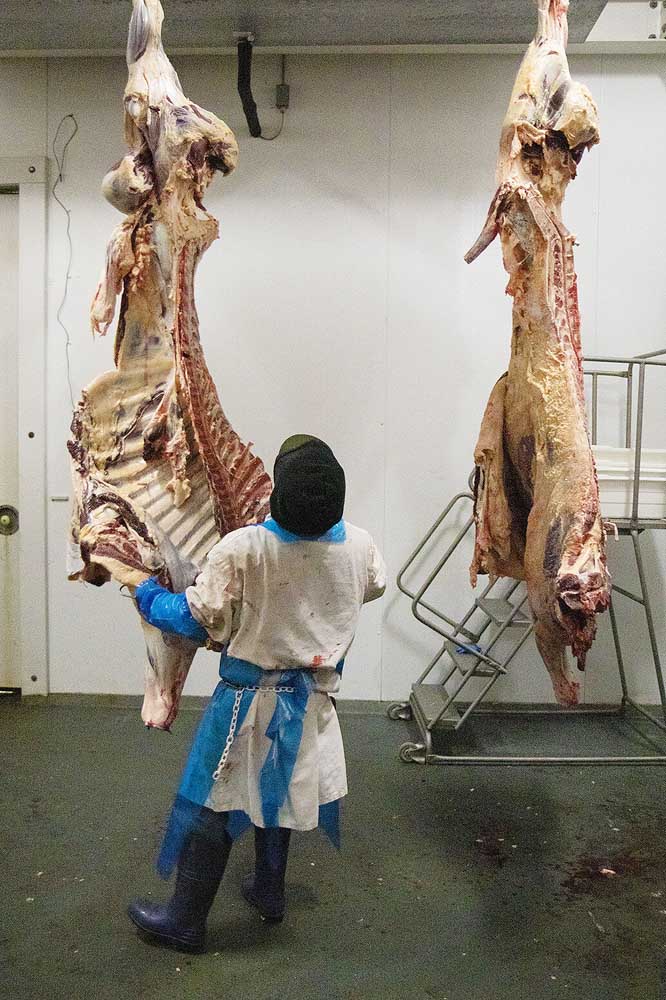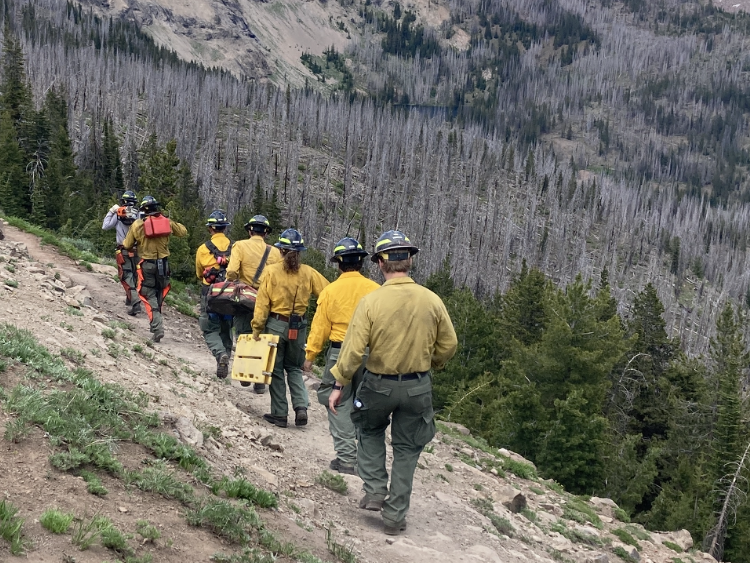Our view: Getting more meat processors a complicated task
Published 7:00 am Thursday, November 2, 2023

- An employee at a meat plant moves a hanging carcass.
Lauren Henderson is to be commended for his goal of getting more meat processors to set up shop in Oregon. The deputy director of the state Department of Agriculture says the goal is among those on his “bucket list.”
Setting up a state meat inspection program was a key part of that effort. Oregon now has the only state meat inspection program on the West Coast.
“Developing and implementing a state meat inspection program has been on my bucket list since the mid-80s,” Henderson said last summer. “Over the years, Oregon’s meat producers have been telling us about the few in-state options for processing, and the pandemic made it so much worse. Ranchers were facing 18-month wait times to process their livestock; we knew that was unacceptable.”
The many ranchers in the state hope Henderson achieves his goal. A shortage of processors in Oregon has been a problem for decades. The idea that a rancher will put his, or her, heart and soul into raising cattle, sheep or goats and then face a long wait time at in-state facilities is daunting. Ranchers often have to haul their livestock hundreds of miles to Washington, Idaho or California to have them processed.
Henderson recently spoke with ranchers in Douglas County about the difficulty of helping processors expand or getting new ones to open for business.
Henderson has already met with a certain level of success. A 2021 program the legislature set up provided a half dozen applicants with a total of $2 million to build or expand processing facilities. That was followed up this year with a $9 million program to support state meat inspections and aid processors.
Unfortunately, it takes more than money to increase the number of processors. A meat processor needs highly skilled employees who are willing to work hard. Inspectors are also typically in short supply.
In addition to training, the federal foreign guestworker program needs to be modified to allow visas for year-round employees. The dairy industry has long pointed out the need for year-round employees, but Congress — especially the Senate — has been slow to address the legislation.
The regulatory environment also plays a role. Water, labor and other regulations come into play any time a processing facility is proposed.
New processors also need to be assured of a steady flow of business from ranchers. The key is having the right size of processing facility.
We’re rooting for Henderson and the folks at the Oregon Department of Agriculture. We know their hearts are in the right place. But as is so often the case in agriculture, it’s complicated. Problems can be overcome, but it will require a multifaceted approach.
As they say, if it was easy, everyone would be doing it.









